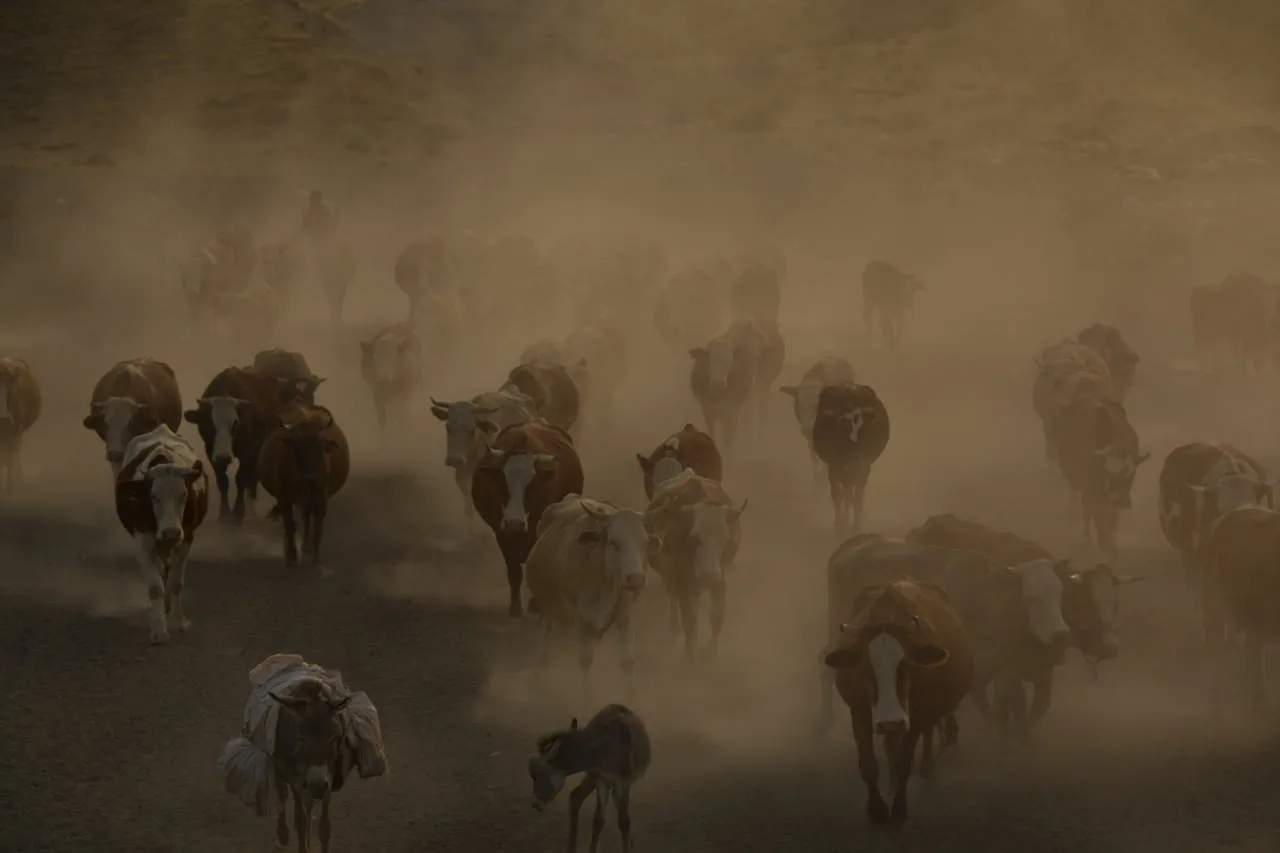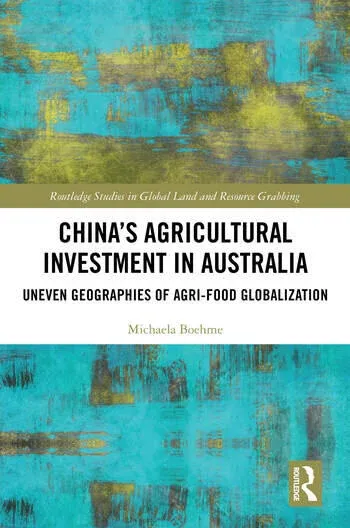This study is the first to look at the net balance of the three major (biogenic, non-fossil fuel) greenhouse gases; carbon dioxide, methane, and nitrous oxide - for every region of earth's land masses. It analyses emissions from land use and land use change and uptakes from land and forests and concludes that the terrestrial biosphere (land and forests) is a net emitter of these greenhouse gases.

The role of the terrestrial (land) biosphere in climate change mitigation is important as it normally absorbs gases from the atmosphere and environment. This paper however states that human-interventions and human induced emissions have made the terrestrial biosphere an important contributor to climate change rather than a net sink for carbon. The researchers show that human activities after the industrial revolution have contributed to increasing terrestrial emissions and that this has far outweighed our impact on the terrestrial uptake of carbon dioxide, meaning that humans have caused the terrestrial biosphere to further contribute to warming. Through changes in land-use, via farming, waste and landfills, we have altered how much methane and nitrous oxide that is going into the atmosphere and reduced the terrestrial biosphere’s ability to absorb the increasing emissions. The paper therefor concludes that the net sink of carbon into the earth has been offset by the increase in gases into the atmosphere.
The analysis is a synthesis of numerous independent studies estimating biosphere-atmosphere fluxes but in contrast to most previous studies which have focused only on CO2, this one looks at all three GHGs with a biogenic cycle; CO2, methane, and nitrous oxide. Emphasizing the effects and potential role of human activities on climate change mitigating on terrestrial carbon uptake, the researchers argue that there is an urgent need to target the biogenic emissions of the other important greenhouse gases, methane and nitrous oxide.
The researchers also show that the net effect of these three gases varies by region and argue that business-as-usual land management will not be enough to mitigate global warming. They find that because the human-induced emissions of the gases in Southern Asia, including China and India, had a larger net warming effect compared to other areas, reducing agricultural methane and nitrous oxide emissions, particularly in Southern holds great potential for mitigating human made emissions.
The study did not look at fossil fuel or natural gas emissions.
Abstract
The terrestrial biosphere can release or absorb the greenhouse gases, carbon dioxide (CO2), methane (CH4) and nitrous oxide (N2O), and therefore has an important role in regulating atmospheric composition and climate. Anthropogenic activities such as land-use change, agriculture and waste management have altered terrestrial biogenic greenhouse gas fluxes, and the resulting increases in methane and nitrous oxide emissions in particular can contribute to climate change. The terrestrial biogenic fluxes of individual greenhouse gases have been studied extensively, but the net biogenic greenhouse gas balance resulting from anthropogenic activities and its effect on the climate system remains uncertain. Here we use bottom-up (inventory, statistical extrapolation of local flux measurements, and process-based modelling) and top-down (atmospheric inversions) approaches to quantify the global net biogenic greenhouse gas balance between 1981 and 2010 resulting from anthropogenic activities and its effect on the climate system. We find that the cumulative warming capacity of concurrent biogenic methane and nitrous oxide emissions is a factor of about two larger than the cooling effect resulting from the global land carbon dioxide uptake from 2001 to 2010. This results in a net positive cumulative impact of the three greenhouse gases on the planetary energy budget, with a best estimate (in petagrams of CO2 equivalent per year) of 3.9 ± 3.8 (top down) and 5.4 ± 4.8 (bottom up) based on the GWP100 metric (global warming potential on a 100-year time horizon). Our findings suggest that a reduction in agricultural methane and nitrous oxide emissions, particularly in Southern Asia, may help mitigate climate change.
Citation
Tian H. , Lu C. ,Ciais P., Michalak A., Canadell J., Saikawa E.,. Huntzinger D., Gurney K.,Sitch S., Zhang. B, Yang J., Bousquet P.,Bruhwiler L., Chen G., Dlugokencky E.,Friedlingstein P.,Melillo J., Pan S. Poulter B., Prinn R.,Saunois S. , Schwalm C. & Wofsy C. (2016) The terrestrial biosphere as a net source of greenhouse gases to the atmosphere. Nature, 531, doi:10.1038/nature16946.
Read the full paper here (requires journal access) and see more coverage here.
You can find related resources in our research library in the category climate change mitigation, land, and the keywords land-use and land-use change, soils and carbon sinks and sequestration. You can also find related studies by searching for “anthropogenic” on the website.




Comments (0)